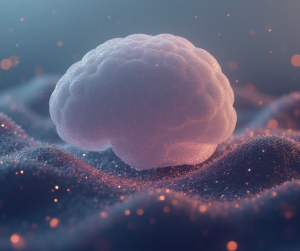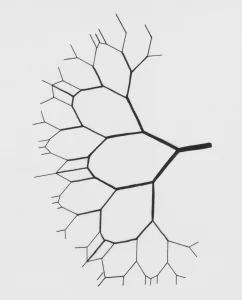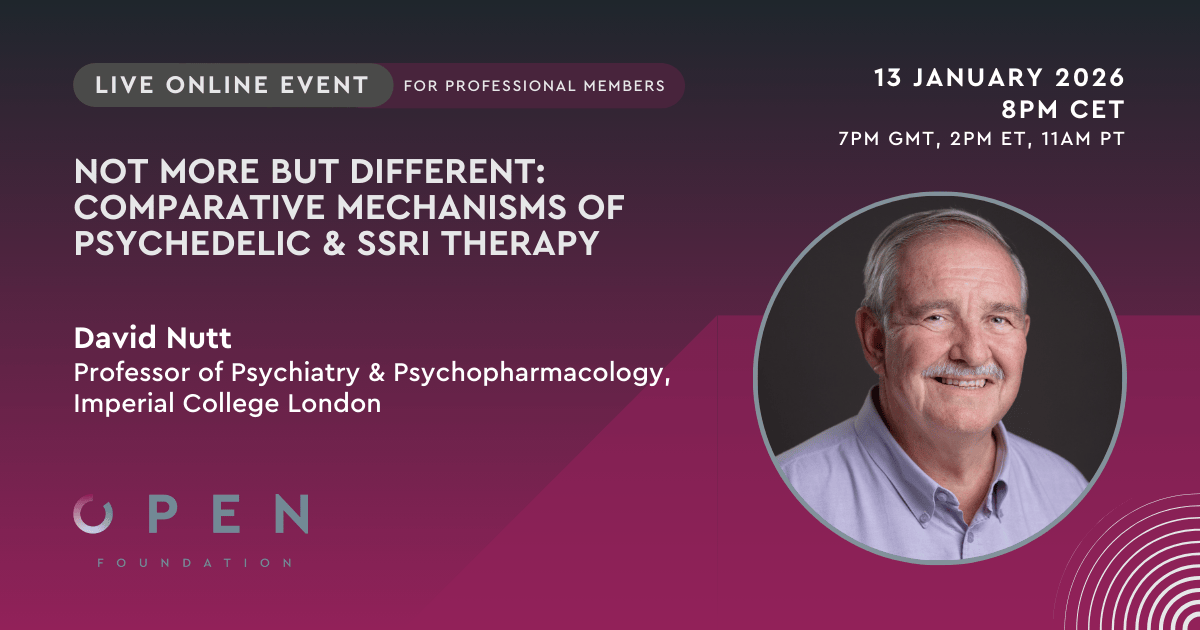Abstract
BACKGROUND: 5-Methoxy-N,N-dimethyltryptamine (5-MeO-DMT) and harmaline are indolealkylamine (IAA) drugs often abused together. Our recent studies have revealed the significant effects of co-administered harmaline, a monoamine oxidase inhibitor (MAOI), on 5-MeO-DMT pharmacokinetics and thermoregulation. This study was to delineate the impact of harmaline and 5-MeO-DMT on home-cage activity in mouse models, as well as the contribution of serotonin (5-HT) receptors.
METHODS: Home-cage activities of individual animals were monitored automatically in the home cages following implantation of telemetry transmitters and administration of various doses of IAA drugs and 5-HT receptor antagonists. Area under the effect curve (AUEC) of mouse activity values were calculated by trapezoidal rule.
RESULTS: High dose of harmaline (15mg/kg, ip) alone caused an early-phase (0-45min) hypoactivity in mice that was fully attenuated by 5-HT1A receptor antagonist WAY-100635, whereas a late-phase (45-180min) hyperactivity that was reduced by 5-HT2A receptor antagonist MDL-100907. 5-MeO-DMT (10 and 20mg/kg, ip) alone induced biphasic effects, an early-phase (0-45min) hypoactivity that was completely attenuated by WAY-100635, and a late-phase (45-180min) hyperactivity that was fully suppressed by MDL-100907. Interestingly, co-administration of MAOI harmaline (2-15mg/kg) with a subthreshold dose of 5-MeO-DMT (2mg/kg) induced excessive hyperactivities at late phase (45-180min) that could be abolished by either WAY-100635 or MDL-100907.
CONCLUSIONS: Co-administration of MAOI with 5-MeO-DMT provokes excessive late-phase hyperactivity, which involves the activation of both 5-HT1A and 5-HT2A receptors.
Jiang, X. L., Shen, H. W., & Yu, A. M. (2016). Modification of 5-methoxy-N, N-dimethyltryptamine-induced hyperactivity by monoamine oxidase A inhibitor harmaline in mice and the underlying serotonergic mechanisms. Pharmacological Reports, 68(3), 608-615. http://dx.doi.org/10.1016/j.pharep.2016.01.008









